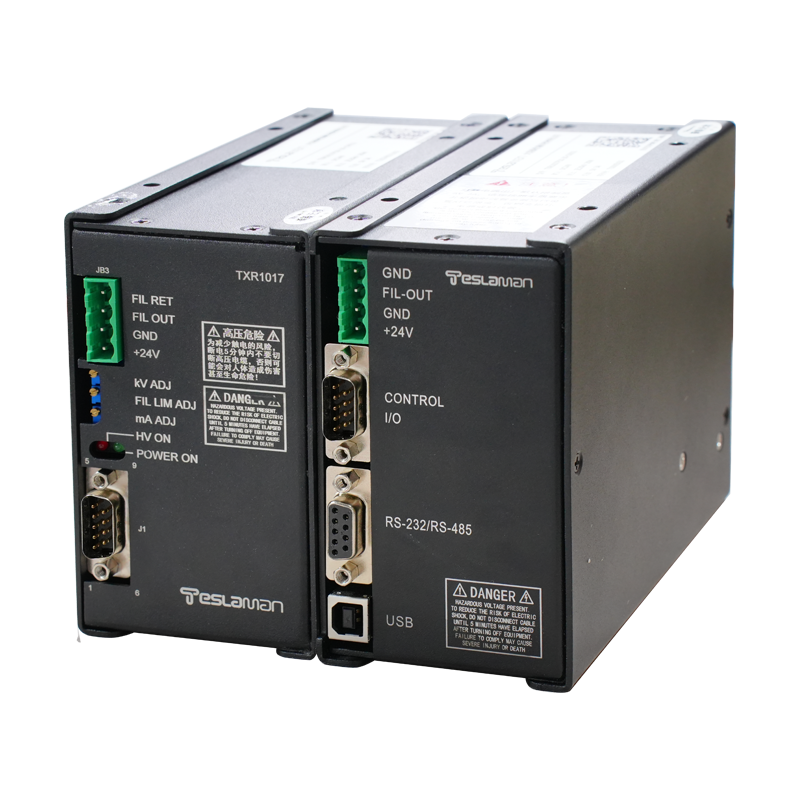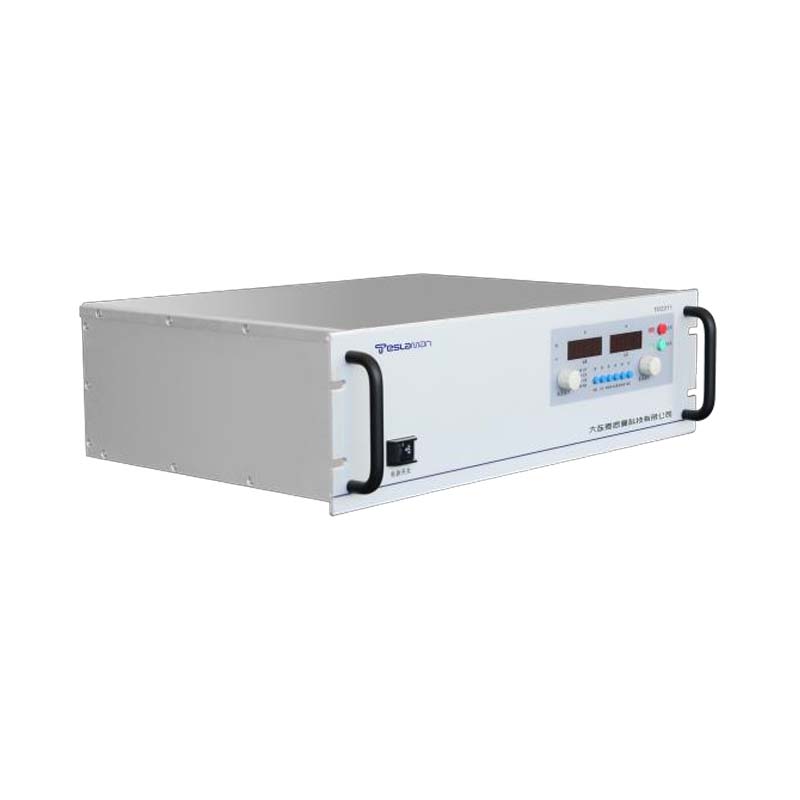Optimizing Mass Accuracy Calibration Methods for Mass Spectrometry High-Voltage Power Supplies
Mass spectrometry (MS) is a powerful analytical technique for identifying and quantifying chemical compounds, where mass accuracy (typically measured in parts per million, ppm) is a critical performance 指标. The high-voltage power supply in MS systems provides the acceleration voltage for ions, and even small deviations (±0.5 kV) in this voltage can lead to significant mass accuracy errors (up to 10 ppm). Traditional calibration methods, which rely on periodic manual adjustment using standard reference compounds, are time-consuming and cannot compensate for real-time voltage drift caused by temperature changes or component aging.
To optimize the mass accuracy calibration method, an adaptive real-time calibration system for the MS high-voltage power supply is proposed. First, a temperature-compensated voltage reference is integrated into the power supply. This reference uses a precision zener diode with a temperature coefficient of ±0.001%/°C, ensuring that the reference voltage remains stable even when the ambient temperature varies by ±10°C. Second, a dual-calibration mechanism is implemented: a primary calibration using a standard reference ion (e.g., caffeine, m/z = 195.0875) is performed every 24 hours to establish a baseline, and a secondary real-time calibration is conducted every 5 minutes using a lock-mass ion (e.g., formate ion, m/z = 45.0115) generated in situ. The secondary calibration adjusts the power supply’s acceleration voltage in 0.01 kV increments based on the difference between the measured and theoretical m/z values of the lock-mass ion.
Performance evaluations show that the optimized calibration method reduces the mass accuracy error of the MS system from ±8 ppm to ±2 ppm. Even after 72 hours of continuous operation, the mass accuracy remains within ±3 ppm, compared to ±12 ppm with the traditional method. This optimization enables more accurate identification of trace compounds in complex samples, such as environmental pollutants and biological metabolites, expanding the application range of mass spectrometry in analytical chemistry and life sciences.




















